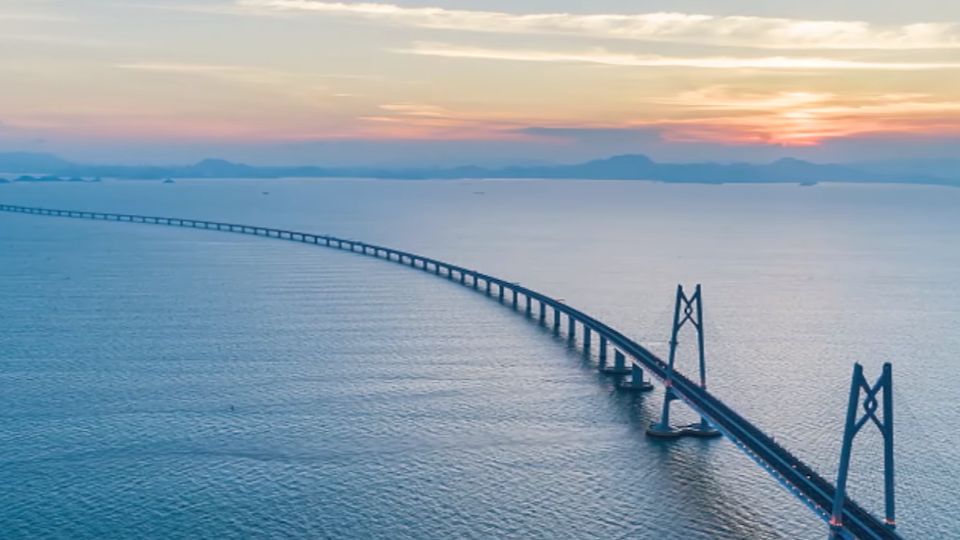Why this bridge is built will truly take our Vietnam to a new height.
Currently, to travel from Ha Tien to Phu Quoc, tourists often choose two main options: by ferry or high-speed boat. The distance from Ha Tien to Phu Quoc by sea is about 45 nautical miles, the travel time by ferry takes from 2.5 to 3 hours, while the high-speed boat only takes about 1.5 hours. Both means of transportation provide an interesting experience as passengers can admire the beautiful scenery and enjoy the fresh air. However, traveling by ferry or high-speed boat is sometimes affected by weather conditions, making the journey not completely stable and convenient.
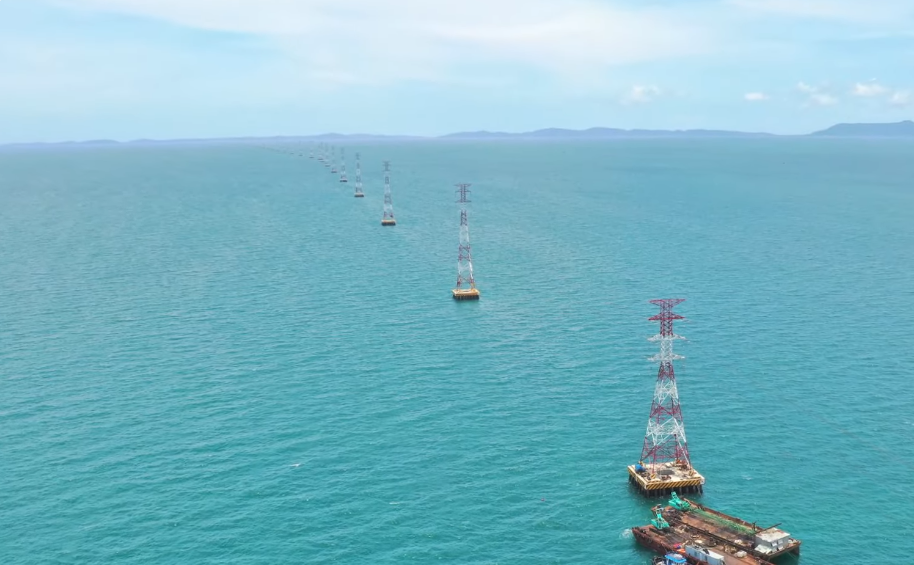
The project of the Ha Tien - Phu Quoc sea crossing bridge originates from the urgent need to upgrade transportation infrastructure to serve economic and tourism development. Phu Quoc with its huge tourism potential is attracting more and more tourists from both domestic and international markets. However, traveling to this island still has many limitations, especially when depending on weather conditions and the travel time is not short. Building a sea crossing bridge not only shortens the travel time but also enhances connectivity to attract more investment and tourists to the area.
The Ha Tien - Phu Quoc sea crossing bridge project is expected to be a grand project symbolizing the region with an estimated length of about 45 nautical miles. The bridge will connect from the tip of Ha Tien to the stone port in the north of Phu Quoc Island. This will be one of the longest sea crossing bridges in the world. The bridge will be designed to accommodate various types of vehicles, from cars, trucks, bicycles to pedestrians, along with facilities such as toll booths, rest stops, gas stations, restaurants, and parking lots. The total estimated investment for this project is up to 12 trillion VND, creating strong development opportunities for tourism and the economy of both Ha Tien and Phu Quoc.
Completing the Ha Tien - Phu Quoc sea crossing bridge project will mark a significant milestone in the development of Vietnam's transportation infrastructure. The bridge not only shortens travel time and enhances connectivity between regions but also creates favorable conditions for tourism development, attracting investment, and improving the economic livelihood of local residents. Furthermore, this project also brings new and exciting experiences for tourists as they can easily travel to Phu Quoc by car, admiring the beautiful sea scenery throughout the journey.
What is the current status of this project and is it feasible to construct it?
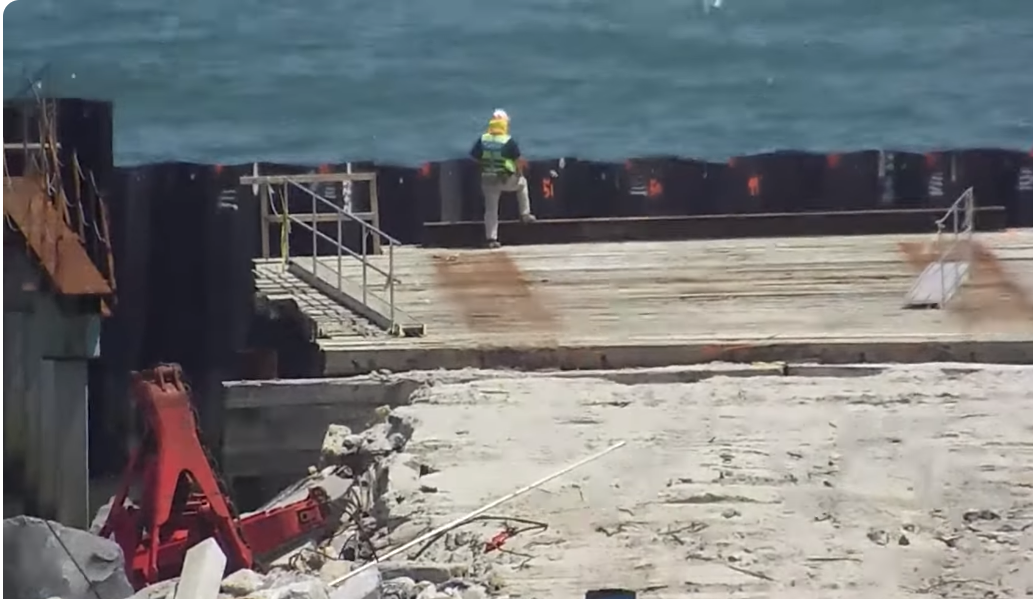
The Ha Tien - Phu Quoc sea crossing bridge project is currently in the conceptual stage and has not been officially approved. This idea started from a graduation report of a group of students from the University of Transport and Communications in 2016, simulating a bridge about 45 nautical miles long connecting Mui Nai Ha Tien to the stone port in the north of Phu Quoc Island. One of the biggest challenges to implement this project is the huge estimated investment capital of up to 12 trillion VND. Currently, a leading real estate group from Singapore has met and worked with local authorities to promote investment in the project. However, negotiating and preparing finances for this project still face many difficulties and there has been no specific progress towards commencement.
In addition to financial difficulties, the project also faces technical and environmental challenges. Building the world's longest sea crossing bridge requires advanced technology and modern technical solutions, while ensuring safety and protecting the marine environment. These issues are still being discussed and researched to find the most feasible solution. Furthermore, the construction of the bridge also faces challenges in land clearance and handling related legal procedures, especially the complexity of cooperation among involved parties from many countries and territories is also a significant challenge. Currently, local authorities and investors are trying to solve these issues to bring the project into reality, but the progress is still quite slow and there is no specific timeline for commencement.
How have similar mega projects been developed in the world?
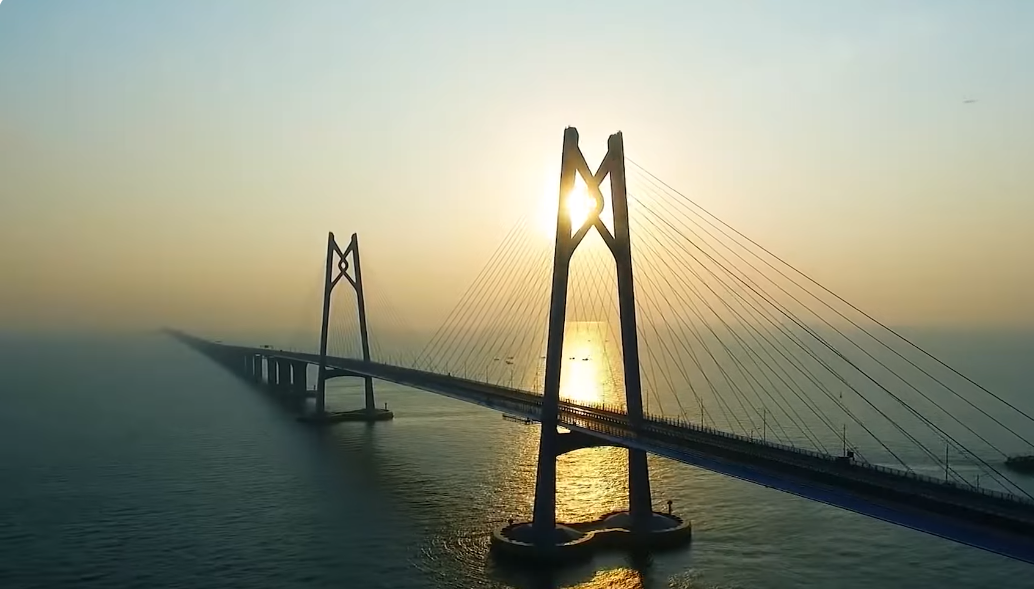
Sea crossing bridge projects around the world often face many challenges and difficulties similar to the Ha Tien - Phu Quoc sea crossing bridge project, but there have also been significant successes. One of the longest sea crossing bridges in the world is the Hong Kong-Zhuhai-Macao Bridge, 55 nautical miles long completed in 2018. The construction process lasted 9 years with a cost of over 20 billion USD. Facing many technical, financial, and environmental challenges. Technical difficulties include building on complex geological foundations, earthquake and typhoon resistance requirements, and managing maritime traffic at busy shipping lanes. It combines three cable-stayed bridges, an undersea tunnel 6.7 km long, and four artificial islands, each island taking 7 months to complete and must be firmly anchored to the seabed with large steel cylinders.
Similarly, the Donghai Bridge in China, 32.5 nautical miles long completed in 2005, also faced technical challenges when built on soft ground and had to withstand harsh weather conditions. This bridge has played an important role in connecting the deep-water port of Yangshan with Shanghai, promoting the economic development of the region. The main difficulties include stabilizing the foundation and protecting the structure from erosion and the impact of the sea.
Another project is the King Fahd Causeway, 25 nautical miles long connecting Saudi Arabia and Bahrain completed in 1986. This bridge has promoted trade and economic development between the two countries despite facing many challenges in managing large traffic flows and technical issues in construction such as withstanding high temperatures and corrosion from seawater. The bridge system includes multiple bridge segments and causeways connected in succession, requiring complex technical solutions to ensure continuous and safe traffic flow. These projects show that despite many difficulties, challenges in finance, technology, and the environment.
Building long sea crossing bridges is still feasible and brings many economic benefits. With the Ha Tien - Phu Quoc sea crossing bridge project, learning from international experiences can help overcome current challenges and move towards completing an iconic project for Vietnam. The Ha Tien - Phu Quoc sea crossing bridge has the potential to not only change the transportation landscape of Vietnam but also have significant impacts on the Southeast Asia region. This sea crossing bridge will create a new strong transportation route connecting Vietnam with neighboring countries like Thailand and Cambodia. This will not only boost trade and tourism but also create a new economic corridor to enhance regional economic cooperation, reducing transportation time and costs will attract more international and regional investors, creating favorable conditions for the development of tourism and other economic sectors.
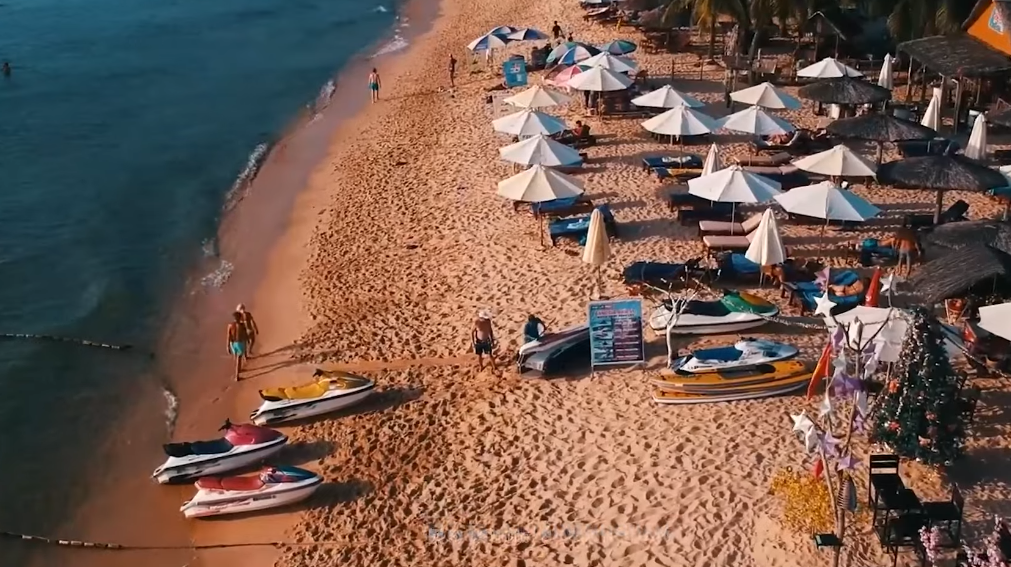
Phu Quoc with its great tourism potential will become a more attractive destination for international tourists, the sea crossing bridge will shorten the travel time from the mainland to the island. This will boost the number of tourists visiting Phu Quoc, creating many job opportunities for local people in the tourism, service, hotel, and restaurant industries, while improving the quality of life for the local community. Politically, the Ha Tien - Phu Quoc sea crossing bridge will strengthen Vietnam's position in the Southeast Asia region, affirming the country's role in promoting economic cooperation and sustainable development.
Completing this project will be evidence of Vietnam's technological and management capabilities, contributing to enhancing the country's reputation on the international stage. Neighboring countries like Thailand and Cambodia may need to reconsider their infrastructure development strategies to avoid falling behind in regional competition. Developing sustainable infrastructure will help minimize negative impacts on the environment. For example, the sea crossing bridge will help reduce emissions from marine traffic, while protecting sensitive ecosystems such as coral reefs and mangrove forests in Phu Quoc.
However, strict management measures are needed to ensure that development does not harm the environment and maintain long-term sustainability. Despite the many potential benefits, the sea crossing bridge project also faces many challenges, one of which is protecting the marine ecosystem and ensuring sustainable development. Other Southeast Asian countries may be cautious about their competitiveness as Vietnam strengthens its infrastructure and enhances its economic position. However, this is also an opportunity for regional countries to learn and cooperate together for sustainable development and prosperity.
The Ha Tien - Phu Quoc sea crossing bridge project promises to bring many economic, social, and political benefits to Vietnam and the Southeast Asia region, but it requires strict management and sustainable development strategies to ensure that these benefits are maintained in the long run. The Ha Tien - Phu Quoc sea crossing bridge project is not just a transportation infrastructure project but also a symbol of development and prosperity for Vietnam and the Southeast Asia region with the potential to connect economies, promote tourism, and elevate the country's status. This bridge promises to open a new chapter full of excitement and prospects, let's wait and witness the explosion of one of the greatest infrastructure projects in the history of Vietnamese transportation in the future.
